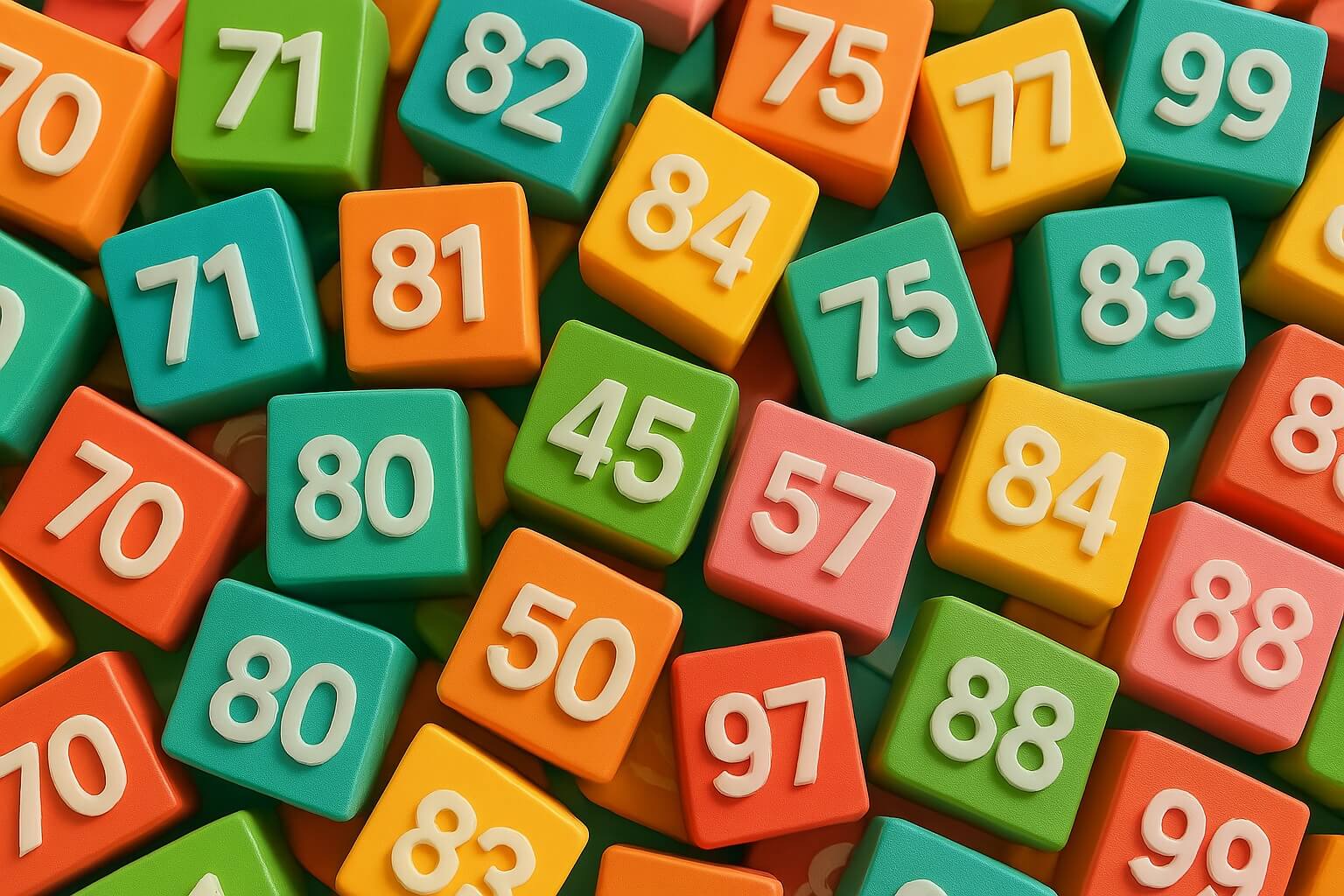
Let’s talk numbers. Not so much maths, but how different languages count—because some counting systems are super straightforward, and others make you perform mental gymnastics. If you’ve ever learned French, you know exactly what I mean.
The Basics: 1 to 69 Is Smooth Sailing
French starts off simple enough. From 1 to 69, the counting system is logical:
- 1 = un
- 10 = dix
- 20 = vingt
- 30 = trente
- 40 = quarante
- 50 = cinquante
- 60 = soixante
You form numbers by stacking them together. For example:
- 21 = vingt et un
- 35 = trente-cinq
- 59 = cinquante-neuf
So far, so good.
Things Get Strange from 70 Onwards
Once you hit 70, French decides to ditch the neat pattern. Instead of creating a new word like septante (which is used in Belgium and Switzerland), France’s official French uses:
- 70 = soixante-dix (literally “sixty-ten”)
- 71 = soixante et onze (“sixty and eleven”)
- 72 = soixante-douze (“sixty-twelve”)
- …all the way to 79 = soixante-dix-neuf (“sixty-nineteen”)
It’s almost as if French said, “We’re done creating new numbers—figure it out yourself.”
And Then 80 Throws Logic Out the Window
French takes it even further:
- 80 = quatre-vingts (“four twenties”)
- 81 = quatre-vingt-un
- 90 = quatre-vingt-dix (“four twenties and ten”)
- 99 = quatre-vingt-dix-neuf (“four twenties and nineteen”)
Basically, French switches from base-10 logic to base-20 (or vigesimal), a relic of old counting systems used in parts of Europe centuries ago.
Why So Complicated?
French numbers reflect layers of linguistic and cultural history:
- The base-20 system likely originates from Celtic and Viking influences.
- Latin had its own numeral quirks that mixed with Old French.
- French-speaking countries like Belgium and Switzerland simplified things with septante (70), huitante (80), and nonante (90).
France, however, stuck with tradition, forcing students everywhere to deal with the complexity.
Is It Just French?
Not at all. Other languages also use base-20:
- Danish uses a similar system for numbers like 50 and 60.
- Some indigenous languages worldwide rely on body-based counting (20 for fingers and toes).
French just happens to be one of the only major global languages where this old system remains standard.
Final Thought
French numbers mix math, history, and stubborn tradition. If you’ve ever caught yourself baffled while trying to count beyond 69, now you know why—it’s not your fault, it’s French.



